Last week, while rearranging my reading nook for the probably the fourth time this month, I realized something: for INFPs, our spaces aren’t simply just rooms – they’re physical manifestations of our inner worlds.
We need environments that both ground us and set our imagination free.
After years of experimenting with my own space and connecting with other INFPs, I’ve discovered these possibilities for creating spaces that truly feel like home.
Personal Sanctuaries
- The Living Library Corner
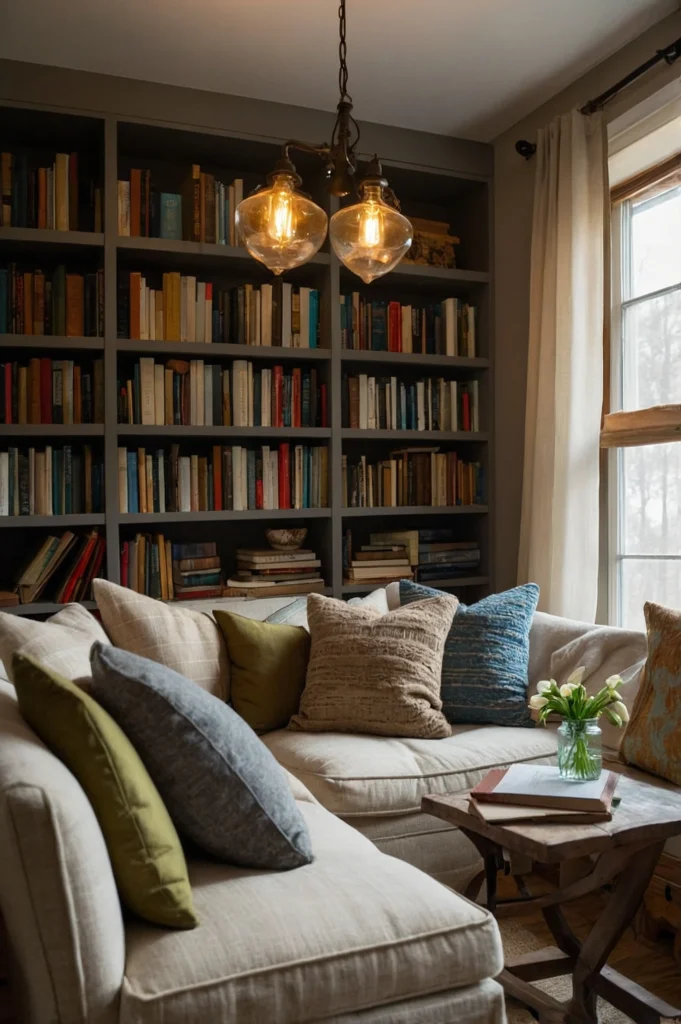
Create a cozy reading nook with oversized pillows and a vintage lamp, but here’s the unexpected twist – arrange your books by how they make you feel rather than alphabetically.
I keep my “rainy day contemplation” books separate from my “need inspiration right now” collection, and it’s surprisingly practical.
2. Nature’s Window Seat
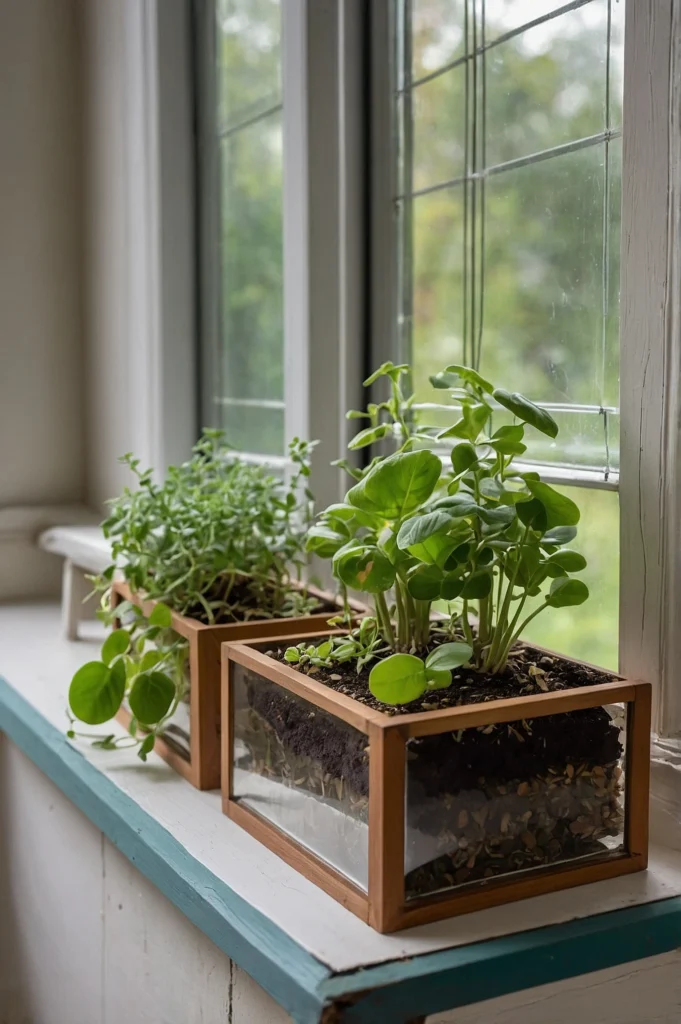
Transform a window ledge into a mini greenhouse with carefully chosen plants.
The truth is, watching leaves dance in sunlight can be as therapeutic as any meditation app.
Choose plants that match your care style – some of us need resilient green friends that forgive occasional dreamy forgetfulness.
3. Memory Wall Gallery
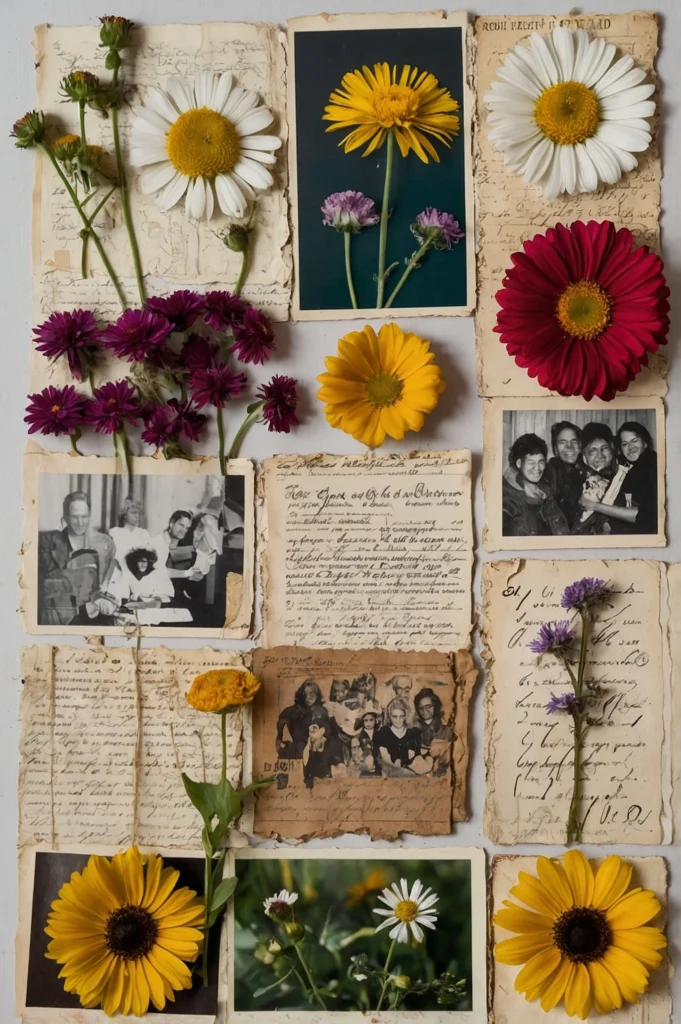
Instead of traditional photo displays, create an evolving collage of meaningful moments: pressed flowers from significant days, ticket stubs from life-changing concerts, handwritten notes that touched your soul.
The key is letting it grow organically – start with one special photograph and eventually, it’ll tell your whole story.
4. The Creativity Station
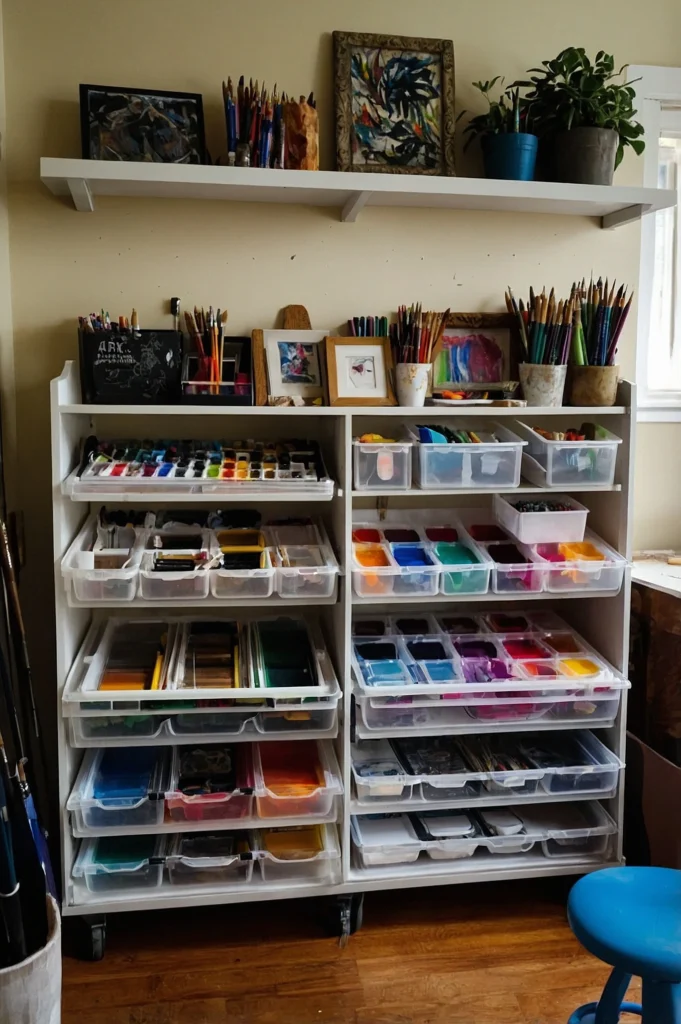
Set up an accessible art corner where your materials are visible but artfully contained.
Not too long ago, I moved my art supplies from hidden drawers to open shelves, and suddenly I’m creating three times more often.
It’s as if seeing possibilities makes them more real.
5. Fairy Light Philosophy Corner
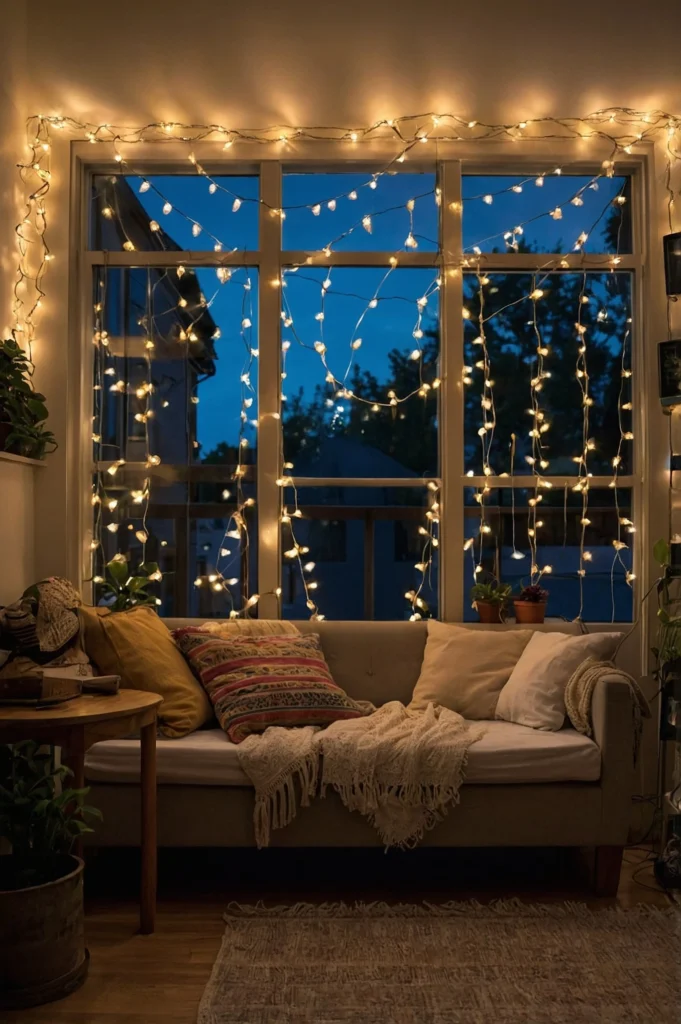
String lights aren’t just for decoration – they create what I call “thought bubbles” of gentle illumination.
Arrange them asymmetrically to keep them from having that dorm room feeling. Focus the lighting where you naturally gravitate for late-night journaling or contemplation.
Sensory Experiences
6. Textured Comfort Layers
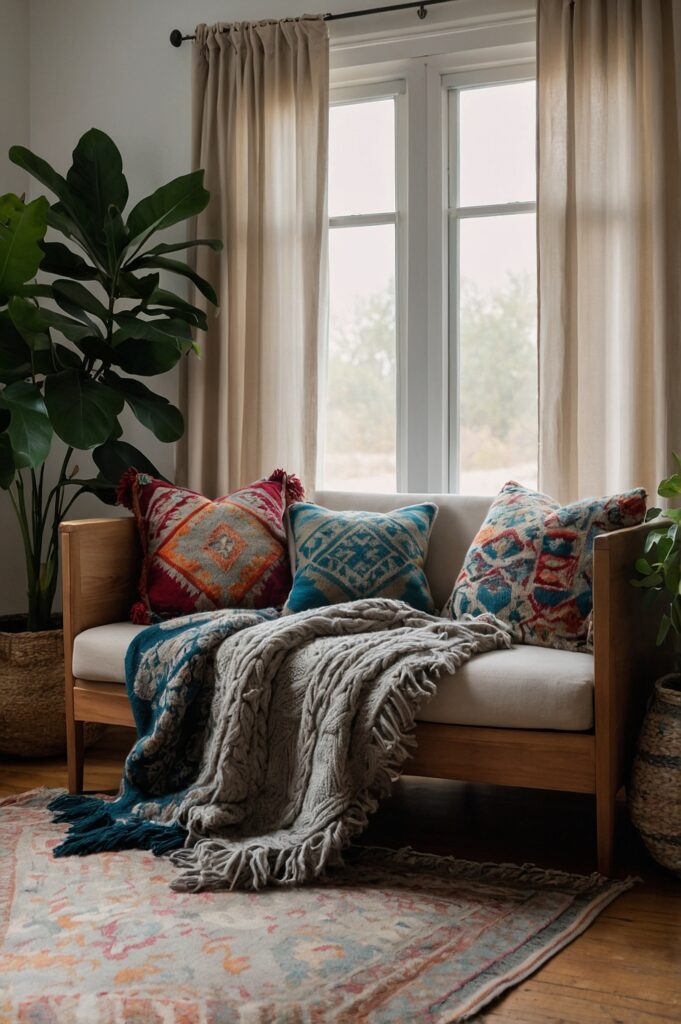
Mix fabrics that tell different stories: a velvet pillow that feels like a hug, a handknit throw that carries memories, a woven rug that grounds racing thoughts.
The unexpected insight? Different textures can actually help regulate our sometimes overwhelming emotions.
7. Scent Stories
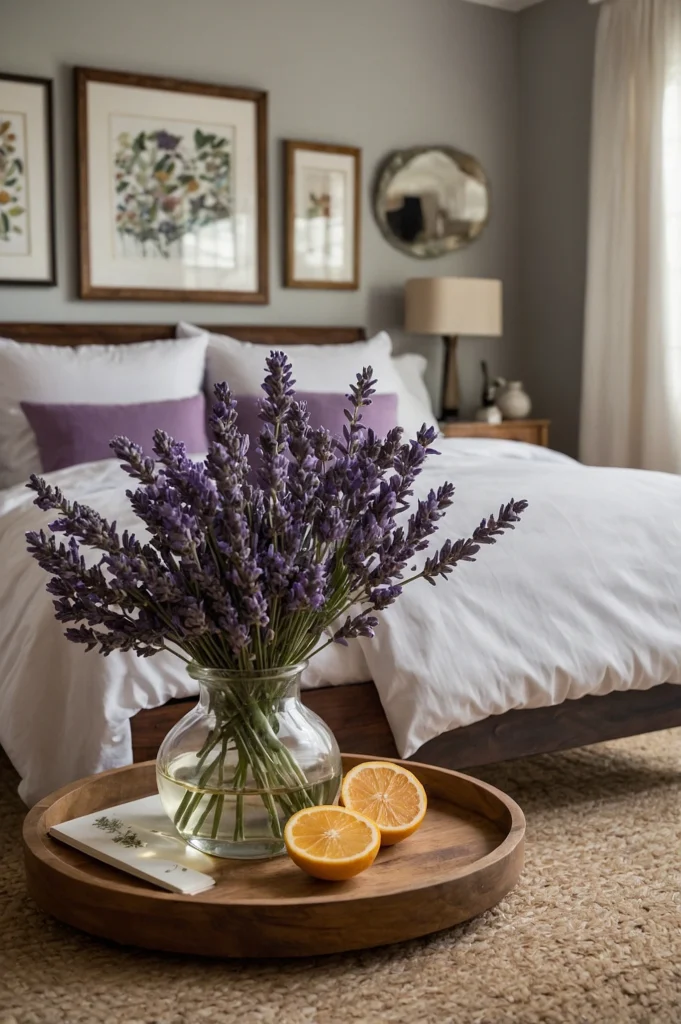
Create distinct aromatherapy zones: lavender by the bed, citrus where you work, forest scents where you read.
I’ve found that associating specific scents with activities helps my mind transition between different modes a lot easier.
8. Sound Sanctuaries
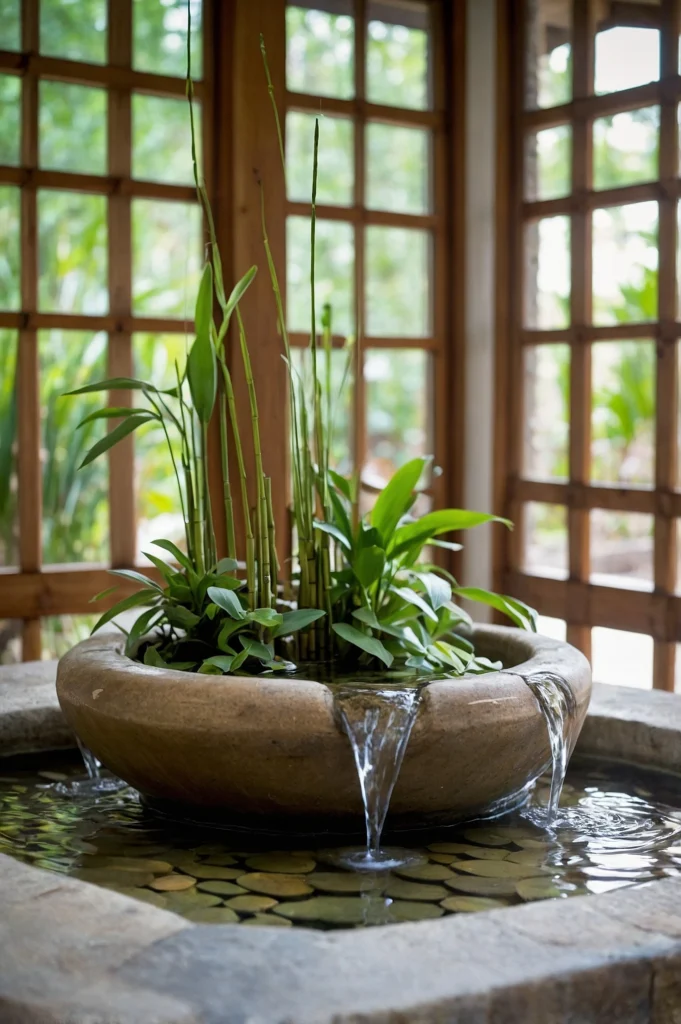
Incorporate elements that create gentle background sounds: a small fountain, wind chimes by the window, or even strategically placed bamboo that whispers in the breeze.
These subtle sounds can anchor us when our thoughts drift too far.
Creative Expression
9. The Inspiration Spiral
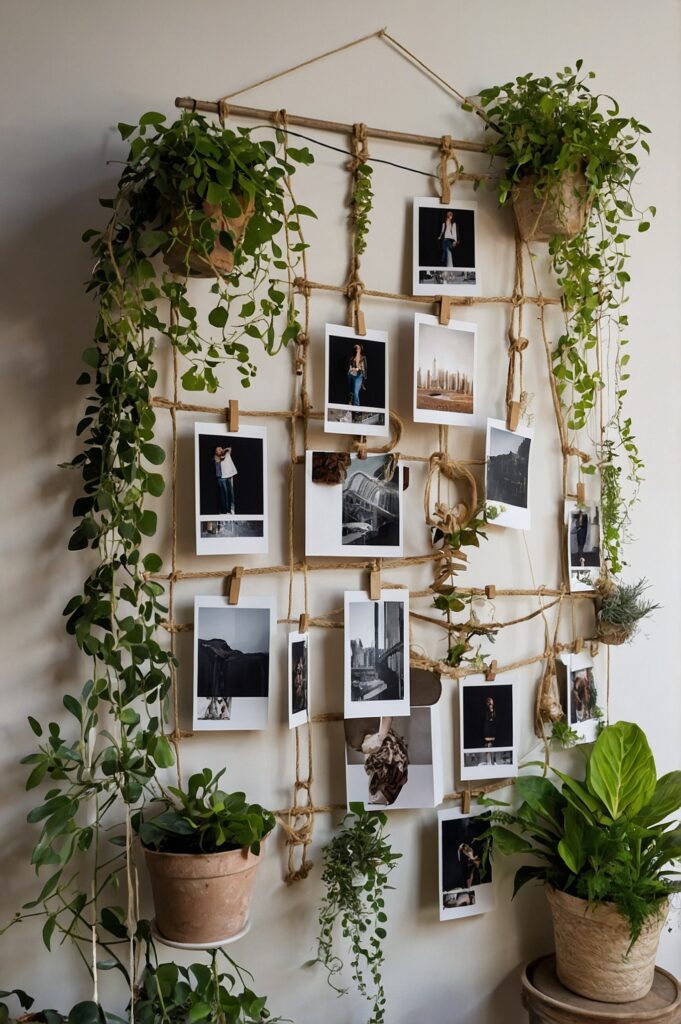
Rather than a traditional vision board, create a three-dimensional inspiration display that grows upward, using suspended strings or climbing plants as structure. Add and remove elements as your dreams evolve.
10. Color Psychology Corners
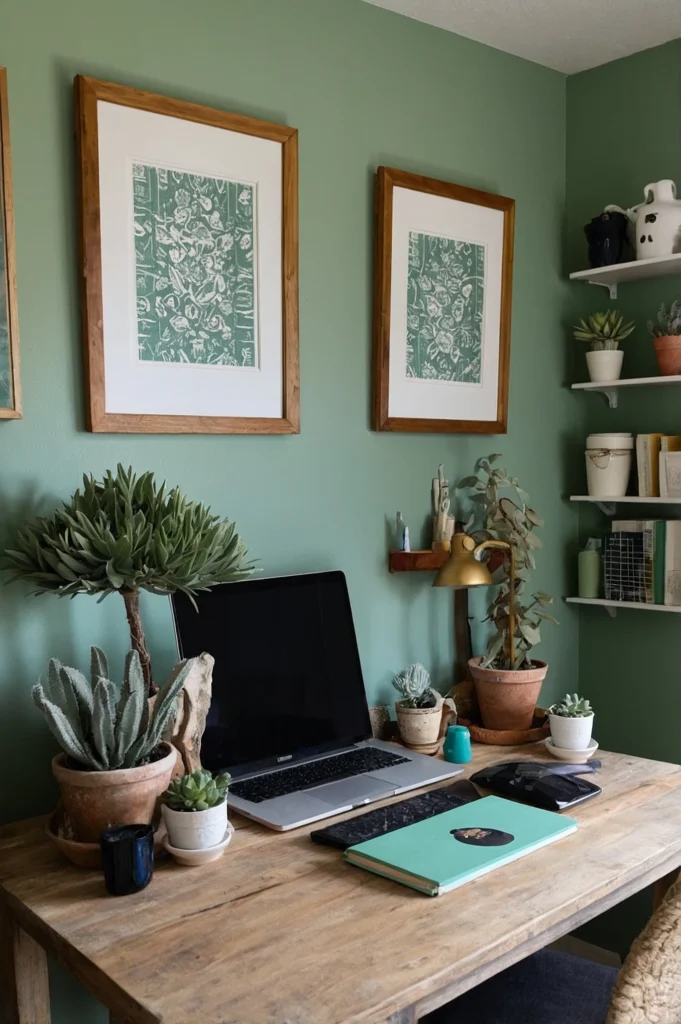
Paint different areas in colors that support their purpose.
Here’s the plot twist: choose colors based on how they make you feel rather than traditional color theory.
My creative corner is a soft sage that reminds me of morning dew – traditional design rules would never suggest it for a workspace, but it perfectly matches my thought process.
11. Handmade Touch Points
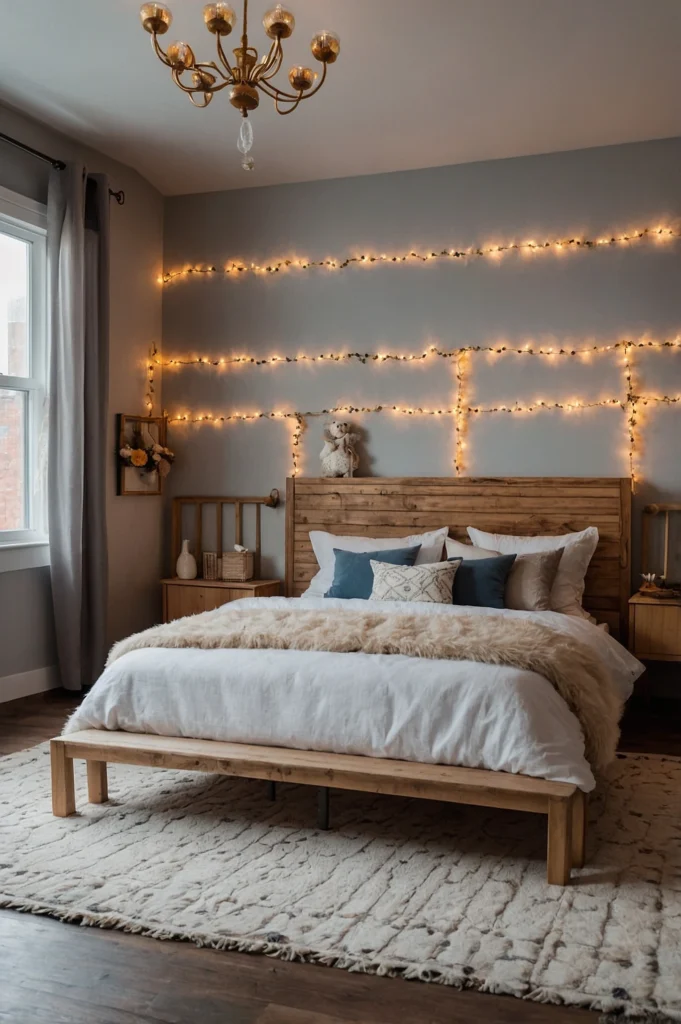
Incorporate your own creations, even imperfect ones. That wobbly ceramic mug you made holds pencils better than any store-bought holder because it carries your creative energy.
12. Poetry in Unexpected Places

Write favorite quotes or your own thoughts on unexpected surfaces: the inside of cabinet doors, along stair risers, or on plant pots. These become private discoveries that spark joy in mundane moments.
Practical Magic
13. Organized Chaos Systems
Create organization systems that follow your intuitive logic rather than conventional rules. My bookshelf has a section called “Books That Feel Like Autumn,” and somehow, I always know exactly what belongs there.
14. The Emotional Weather Station
Designate spaces for different emotional needs: a soft corner for gentle days, a bright spot for inspiration, a cozy cave for processing deeper feelings.
Understanding that our space needs change with our emotions helps us prepare for emotional weather shifts.
Natural Elements
15. Living Energy
Incorporate plants that match your personality. Some of us need low-maintenance snake plants that thrive on neglect, while others find peace in the daily ritual of tending to more demanding green friends.
16. Crystal Corner
Whether you believe in their properties or simply enjoy their beauty, arranging crystals and natural stones creates focusing points for contemplation. I group mine by color rather than type, creating natural rainbows that catch morning light.
17. Natural Rhythm Markers
Position items that track nature’s patterns: prisms that cast rainbows at certain times of day, wind chimes that sing with seasonal winds, or plants that bloom in specific seasons.
Personal Touches
18. Childhood Wonder Corner
Keep meaningful items from your past visible but protected.
That worn stuffed animal or favorite childhood book doesn’t need to be hidden – incorporate it thoughtfully into your adult space as a bridge between who you were and who you’re becoming.
19. The Possibility Shelf
Dedicate a space to items that represent future dreams: a small globe for travel aspirations, a beautiful notebook for the book you’ll write, art supplies for skills you want to develop.
Unlike a vision board, this space can be touched and used which may even help bring your goals to life faster.
20. Secret Messages
Hide encouraging notes to yourself in places you’ll discover them later: inside rarely-used cups, behind artwork, or in rarely-opened books. These become gifts from your past self to your future self.
Mindful Arrangements
21. Flow Paths
Arrange furniture to create natural pathways that feel like storytelling – each turn revealing a new detail or possibility. My room’s layout guides me from sleeping to dreaming to creating to resting in a natural cycle.
22. Empty Space Appreciation
Deliberately leave some areas open and uncluttered. These breathing spaces become as important as the decorated areas, giving our active minds room to expand and contract as needed.
23. Light Language
Play with natural and artificial light to create different moods throughout the day. I use sheer curtains in layers, allowing me to adjust the dreaminess of incoming light according to my needs.
Final Thoughts
The most beautiful INFP spaces aren’t about perfection (though we tend to be as close as it gets) – they’re about authenticity.
Let your space evolve naturally, adding and removing elements as you grow. The best room is one that feels like a deep breath, a warm hug, and an adventure waiting to happen, all at once.
Your space should feel like coming home to yourself.
Start with one corner that calls to you, and let it grow organically from there. After all, isn’t that how all the best INFP stories unfold?
